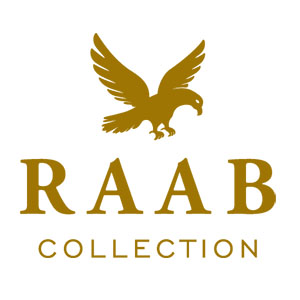signed
22/05/1861
by Abraham Lincoln
22/05/1861. Signed by both Lincoln and a member of his Team of Rivals Cabinet, Simon CameronAll the momentous year of 1860, the danger to the unity of the American nation had been increasing. Southerners were fed up with what they saw as Northern interference, constraints and hypocritical morality, and feared being relegated to a powerless minority if the western territories were not open to slavery and were admitted to the Union as free states. The election of Abraham Lincoln as President on November 8 was to them the last straw, and proved to be the catalyst for bringing the forty year antagonism between the South and North over slavery to a head. From election day in November through the long winter of 1860-61, the South went beyond visions and staged an uprising. State after state left the Union to form their own Southern confederacy. Its people were delirious, even intoxicated with joy; strangers embraced on the streets. Their new world, free of the North, appeared to be imminent and only need be acted upon to become reality.As the winter ended and the spring of 1861 came on, Southerners were confident and bellicose, and considered their independence a fact, while Northerners felt ill-used, increasingly sullen and enraged. This proved to be an explosive combination. By April, the situation was extremely tense and emotions had built to a crescendo. On April 12, into this powder keg was quite literally dropped a match, the one that ignited the Confederate cannon that fired on Fort Sumter in Charleston harbor and started the Civil War. The fort’s U.S. army garrison, led by Col. Robert Anderson, held out for days, and Anderson became a hero in the North, the living symbol of resistance to treason.On March 4, 1861, Lincoln was sworn in as President. The leadership in the North centered around President Lincoln and his cabinet, which included all four of his major rivals for the Republican nomination for President in 1860: William H. Seward (Secretary of State), Salmon P. Chase (Secretary of the Treasury), Simon Cameron (Secretary of War), and Edward Bates (Attorney General). Lincoln was now a military leader in addition to being a civilian leader. From the start of the Civil War, Lincoln understood the weight on his shoulders and realized that his actions would put men in harm's way. He felt the weight of the sacrifice that so many families were making for the Union, and he saw that tens and then hundreds of thousands of men – sons, husbands, and brothers – were dying.Lincoln also promoted the careers of the young men whom he met who wanted to fight for the Union. One such man was Elijah R. Craft, aged 20 at the outbreak of the Civil War. It seems that Craft gained an audience with Lincoln himself, and impressed him not only with his talent but with his readiness and eagerness to defend the Union. Lincoln handed him this sheet of paper and ordered him to take it directly to Cameron.Autograph letter signed, Executive Mansion, Washington DC, May 22, 1861, to ""Hon. Sec. of War,"" Simon Cameron. ""My dear sir, the bearer of this, Elijah R. Craft, wishes to be a second Lieutenant of Cavalry. Appoint him if you can. He is a young man of great energy."" On the verso, Secretary of War Cameron has written ""Recommended by the President, May 23 1861."" So it is signed by both the President and one of his Team of Rivals.Based on the language of this letter, it appears that Lincoln personally met with Craft and handed him this letter to present to Secretary of War Cameron, which he did.Craft was given brevets for meritorious service at the battles of Fort Hudson and Fort Morgan, showing that Lincoln knew a talented soldier when he saw one. Craft would rise to the rank of Assistant Adjutant General by 1865.It is unusual for Lincoln to single out a soldier and praise him for his energy and zeal for the cause. Craft was clearly impressive enough to impress the President and enlist his assistance. (Inventory #: 32197)



